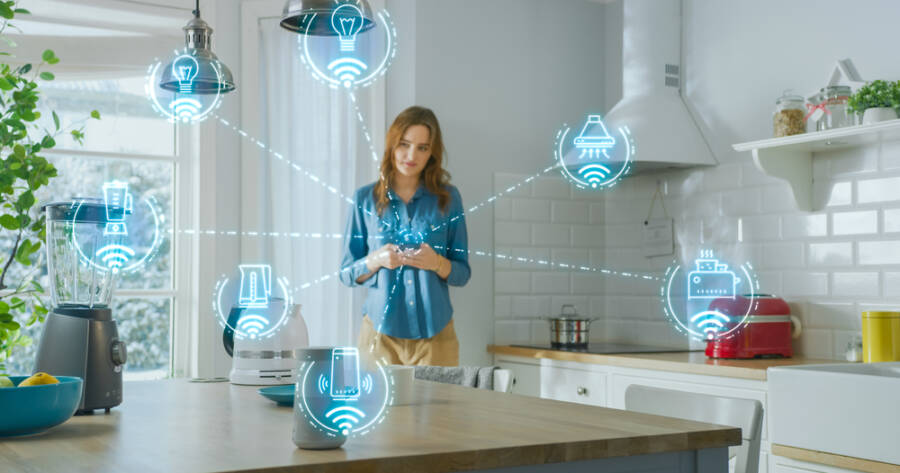Smart home technology is more affordable than ever, but costs can still add up quickly. Many homeowners worry that upgrading their home with smart devices will stretch their budget. However, with the right approach, it’s possible to create a connected, efficient home without spending a fortune. Here’s how to make smart upgrades while keeping costs under control.
Start With Essential Smart Devices
The key to building a smart home on a budget is prioritizing the devices that offer the most value. Instead of buying every smart gadget available, focus on products that improve convenience, security, and energy efficiency. Here are some good places to start:
- A smart thermostat can help reduce energy waste by adjusting temperatures automatically based on usage patterns.
- Smart plugs and light bulbs allow homeowners to control devices remotely, reducing unnecessary energy consumption.
- Smart locks and doorbell cameras improve home security without requiring a full surveillance system.
By starting with essential devices, homeowners can enjoy the benefits of smart technology without overspending.
Use Hubs and Voice Assistants to Connect Devices
Many smart home devices operate independently, but using a hub or voice assistant can make them more efficient. Devices that connect through a common platform, such as Amazon Alexa, Google Assistant, or Apple HomeKit, allow users to control multiple gadgets from a single app or voice command.
A central hub eliminates the need for multiple apps and simplifies automation. For example, users can set up routines that adjust lights, thermostats, and locks simultaneously. Some smart home ecosystems also allow devices from different brands to work together, offering more flexibility without requiring expensive upgrades.
Choose Budget-Friendly Alternatives
Not all smart home technology comes with a high price tag. Many budget-friendly brands offer reliable alternatives to well-known products. Smart bulbs, plugs, and security cameras often have more affordable versions that work just as well as premium brands.
Instead of replacing an entire home lighting system with smart switches, homeowners can use smart plugs or bulbs for similar functionality at a lower cost. Likewise, rather than purchasing a high-end security system, a few smart cameras and motion sensors can provide effective protection without expensive installation fees.
Upgrade Over Time Instead of All at Once
Building a smart home doesn’t have to happen overnight. One of the best ways to keep costs low is by making gradual upgrades instead of purchasing everything at once.
Starting with a smart speaker or thermostat can provide immediate benefits while keeping spending manageable. Over time, homeowners can add more devices based on their needs and budget. By spreading out purchases, it’s easier to take advantage of sales and discounts, reducing overall costs.
Maximize Savings With Automation
Smart home devices offer automation features that can lead to long-term savings. Many smart thermostats and lighting systems adjust based on usage patterns, lowering energy consumption.
Setting smart plugs to turn off devices when not in use prevents unnecessary power waste. Some smart home apps also provide energy reports, allowing users to track usage and identify ways to save money. Automating everyday tasks not only improves convenience but also reduces ongoing expenses.
A Smarter Home Without the High Cost
Building a smart home doesn’t have to be expensive. By focusing on essential devices, using compatible platforms, and choosing budget-friendly alternatives, homeowners can enjoy the benefits of smart technology without overspending.
Taking a gradual approach and using automation to reduce costs further makes it possible to create a more efficient, connected home while staying within budget.

